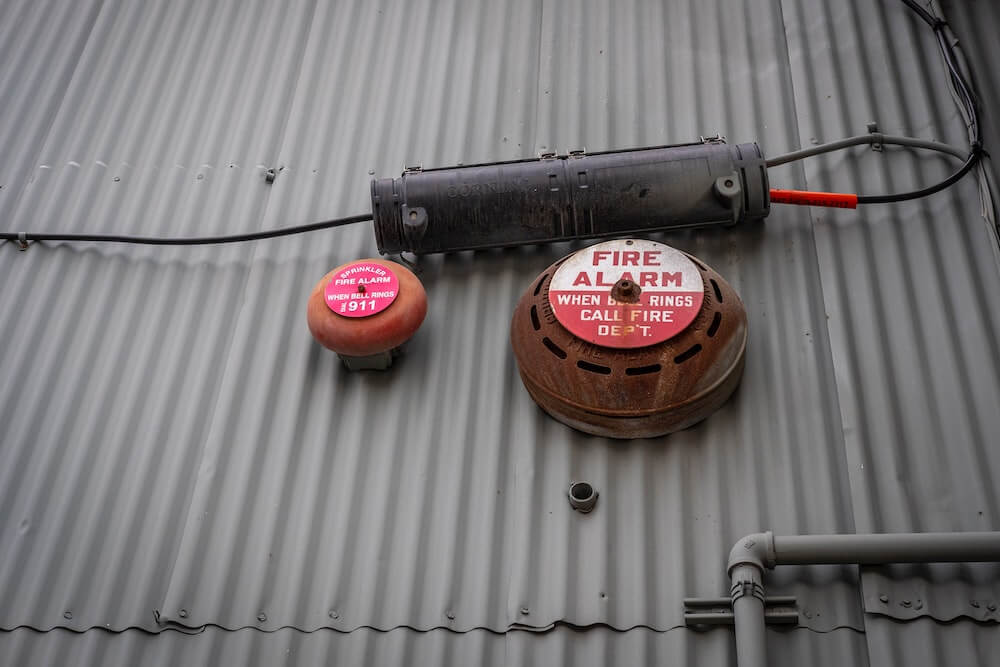 Steel is a highly durable metal with a strong resistance to the elements, making it a very popular building and construction material with many applications. However, at extremely high temperatures, even steel can be susceptible to weakening and failure. In this post, we take a closer look at fire resistance in steel structures and some measures that you can take to prevent fire-related damage to your steel structures.
Steel is a highly durable metal with a strong resistance to the elements, making it a very popular building and construction material with many applications. However, at extremely high temperatures, even steel can be susceptible to weakening and failure. In this post, we take a closer look at fire resistance in steel structures and some measures that you can take to prevent fire-related damage to your steel structures.
Susceptibility of Steel to Fire
While steel is a metal with a very high melting point, it can still be susceptible to damage from fire. Because it has high thermal conductivity, heat is able to pass through steel very quickly, meaning that entire steel structures can become very hot in a short time. At the same time, steel can also lose its strength and stiffness at elevated temperatures, which can result in structural failure.
Understanding Steel’s Response to Heat
At elevated temperatures, steel’s yield strength decreases significantly. This means that the amount of weight that it can hold before it begins to deform will also decrease. This can result in a decrease in the load-bearing capacity of a steel structure.
Fire Protection Mechanisms for Steel Structures
To prevent structural failure of your steel structures as a result of fires, it is essential for you to incorporate fire protection mechanisms into your steel structures. These can be generally classified into two kinds: active fire protection and passive fire protection. Incorporating a mix of both types of fire protection can enable you to achieve the best protection for your steel structures.
Active Fire Protection
Active fire protection mechanisms work by responding to fires and directly attempting to mitigate their impact. These can include smoke detectors and fire alarms that identify fires as well as sprinkler systems which help to suppress fires that have already started.
Passive Fire Protection
In contrast, passive fire protection mechanisms work by reducing the impact that fire has on a steel structure. These include fire-resistant paints that reduce the amount of heat transfer from a fire to a steel structure as well as fire-resistant boards that can help to prevent or minimise the spread of a flame.
The Importance of Using High-Quality Steel
Another important aspect of enhancing the fire resistance of steel structures is ensuring that you use high-quality steel for all your construction and building needs. High-quality steel typically has greater load-bearing capacities and can often withstand higher temperatures, making it more fire-resistant.
RW Steel is a leading manufacturer and supplier of steel in Melbourne and the surrounding areas. Our steel experts have decades of industry experience and we can provide guidance and advice on the best steel and steel products you can use for your next building or construction project. Choose from our selection of steel products including galvanised steel posts, retaining wall steel and more. Contact us today for a free consultation and find out how we can help with all your steel needs.